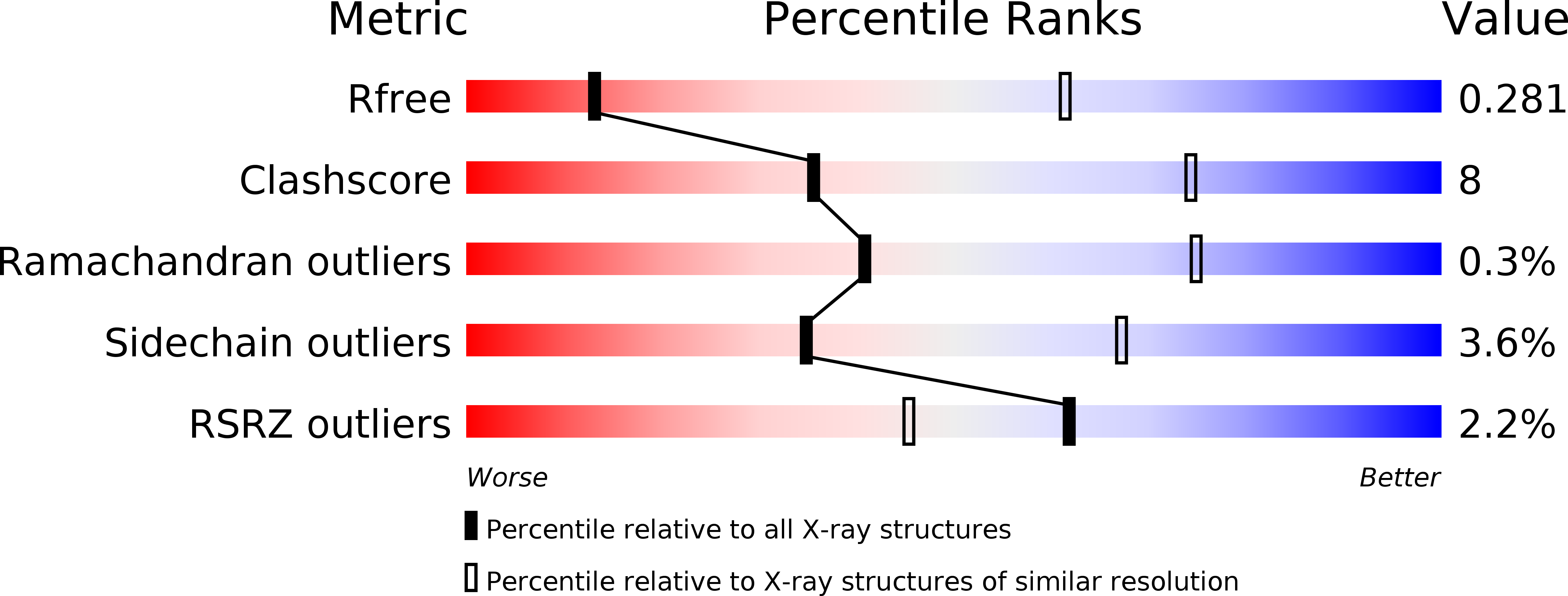
Deposition Date
2018-01-25
Release Date
2018-10-10
Last Version Date
2024-01-17
Entry Detail
PDB ID:
6FL5
Keywords:
Title:
Structure of human SHMT1-H135N-R137A-E168N mutant at 3.6 Ang. resolution
Biological Source:
Source Organism:
Homo sapiens (Taxon ID: 9606)
Host Organism:
Method Details:
Experimental Method:
Resolution:
3.60 Å
R-Value Free:
0.27
R-Value Work:
0.26
R-Value Observed:
0.26
Space Group:
P 43 21 2


